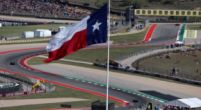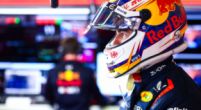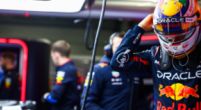F1 News

Isola admits: 'Perhaps only one-stops in the future'
In the United States, it was amazing: the more different pit stop strategies, the more fun and exciting the race becomes. More than once there is a call to develop tyres that promote doing several pit stops. Unfortunately, the opposite seems to be true.
Tyres are too good
In 2022, Pirelli's wider tyres will make their appearance in the sport. In recent months there has been a lot of testing with these tyres. An important conclusion is that the tyres are very stable and drivers can keep going full throttle without causing overheating. The result? We could be seeing only one-stop races, confirms Pirelli's race director Mario Isola in conversation with Auto Motor und Sport.
"That risk exists," the Italian admits. "Our focus was to make a tyre that would overheat less, so the drivers could push longer. We told them (during testing) to push both one lap and every lap. In the short run, you need to use DRS, like in qualifying, not in race trim. So we repeated different scenarios. We asked them, in the long run, to push every lap with a heavy car. We also asked them to do a cooling lap and then accelerate again to see if the grip comes back. The results and the feedback from the drivers were very good. Our expectations have been confirmed."
Not only do the new tyres (probably) last longer, they also look completely different. They are bigger (from 13 to 18 inches) and heavier. How heavy exactly, is still guesswork. "We are still waiting for the latest version of the rims," says Isola. "A front tire, including rim, should be 2.5 kilograms heavier. On the rear axle, there will be three kilograms more per tire."
Larger outer diameter
Isola continues: "So together there are eleven kilograms. The difference between the individual tires is a few hundred grams - the difference is made by the enlarged rim. We have a small sidewall. Instead, the outer diameter increases. It's currently 660 millimeters. We're going up to 720 millimeters."



















































